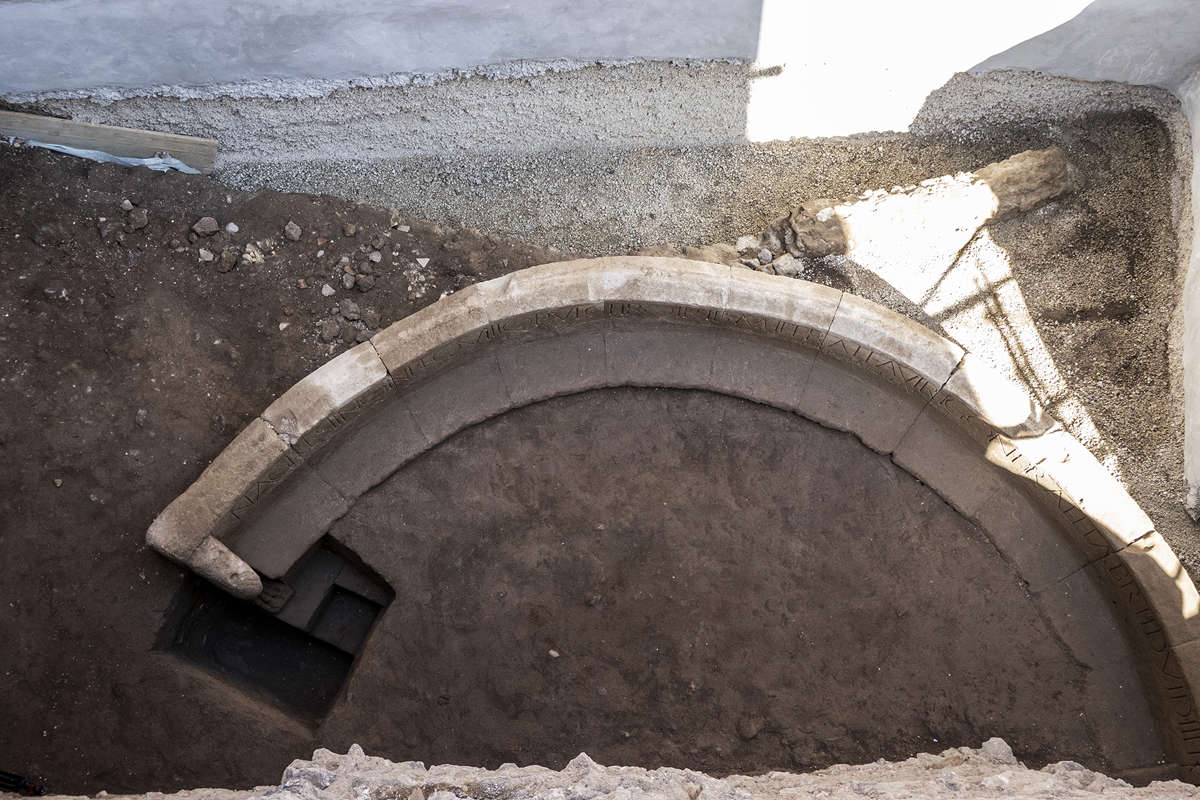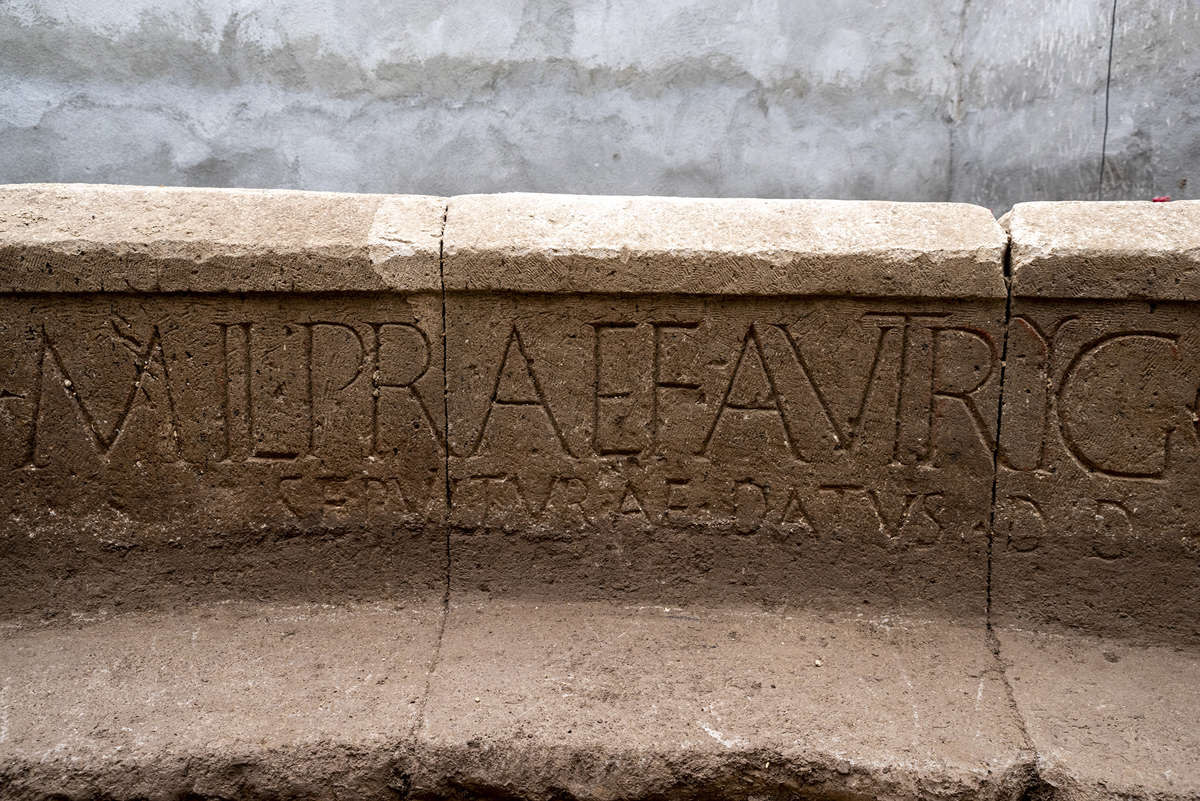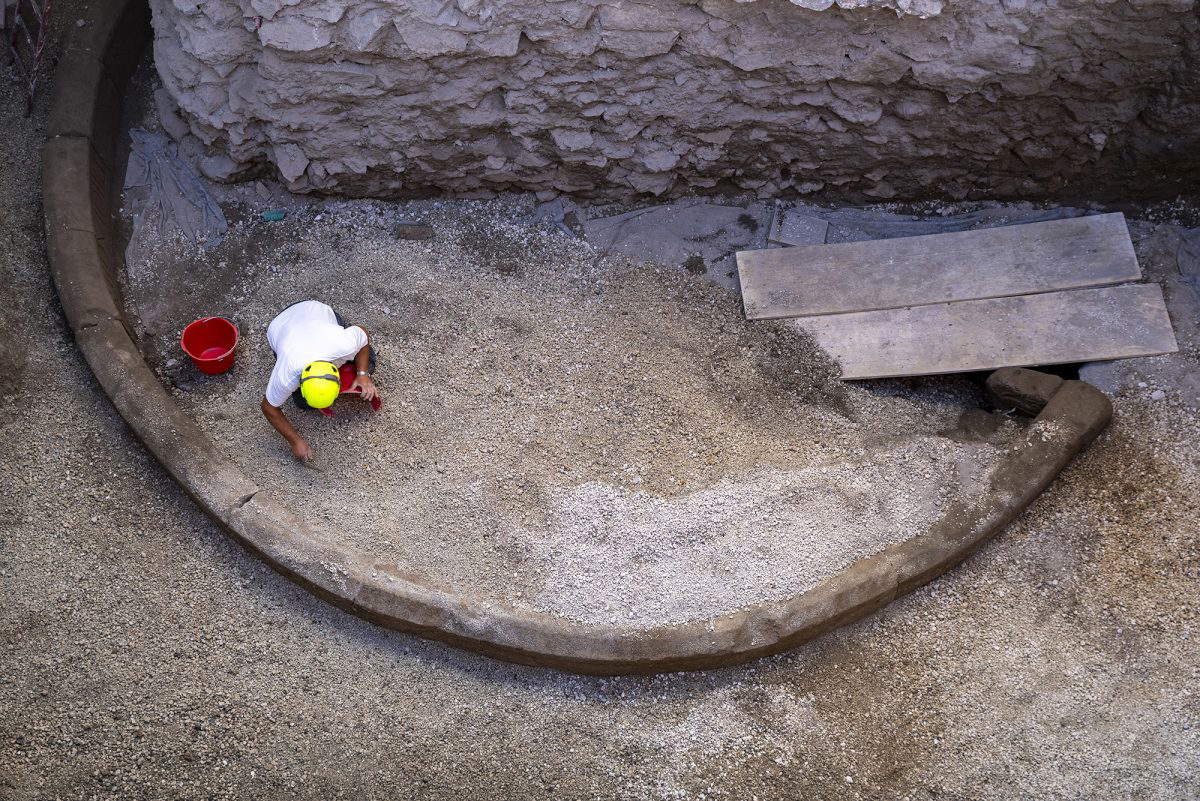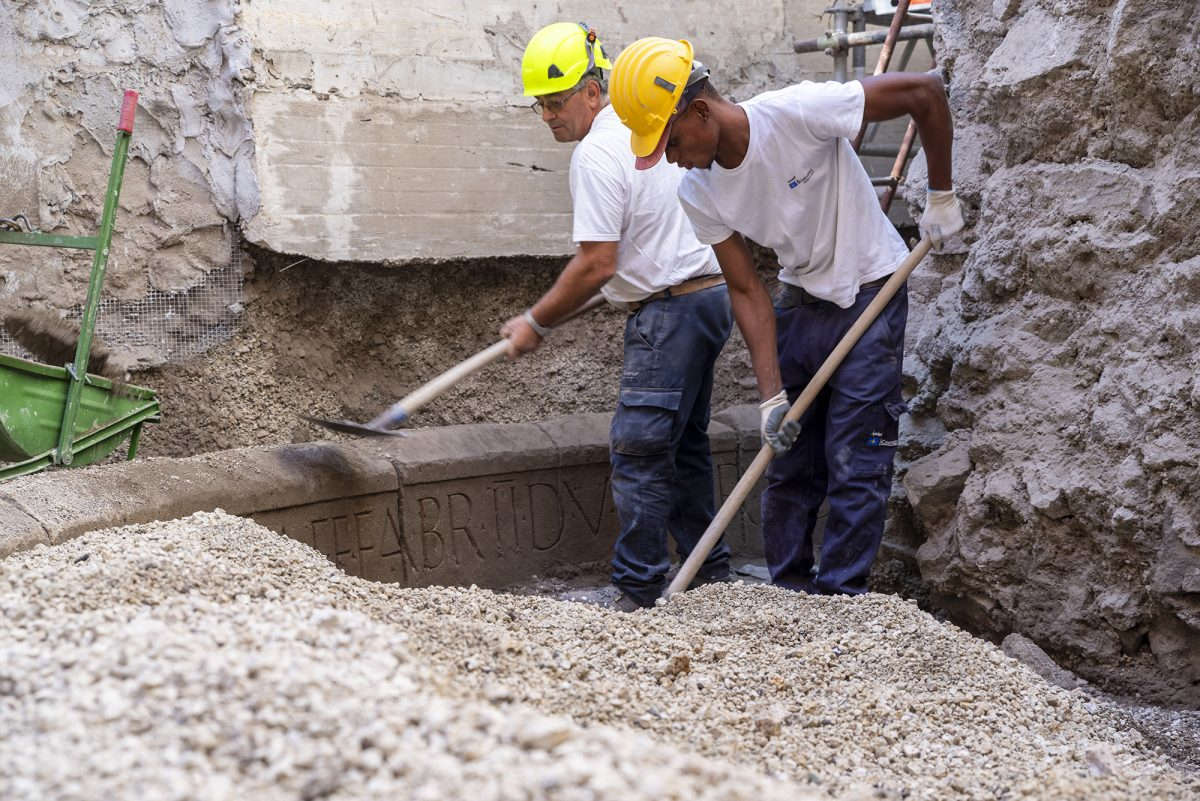Pompeii, an inscription discovered that surprised archaeologists
A surprising discovery in Pompeii gives us new information about the history of Spain between the 1st century B.C. and the 1st century A.D. It is an inscription that tells us of a brilliant military career followed by a quiet retirement in Pompeii, now a symbol of world archaeology, at the time a town in Campania renowned for the beauty of its landscape and views of the Gulf of Naples, which also attracted such illustrious figures as Cicero and Agrippa. This is the profile outlined by the inscription on a tomb recently discovered during work on a cavity, intended to restore the underground rooms of the San Paolino building, the new home of the Pompeii Archaeological Park library, from humidity.
The discovery was made known today in theE-Journal of the Pompeii excavations, the online magazine that informs “in real time” about new discoveries and research underway at the archaeological site. As the director of the Archaeological Park of Pompeii, Gabriel Zuchtriegel, said a few days ago in an interview with Ilaria Baratta on Finestre sull’Arte, for some time now in fact news of new discoveries does not come out unless the supporting scientific article is also ready.
The reading and interpretation of the inscription was conducted by Maria Chiara Scappaticcio, Full Professor of Latin Language and Literature at the University Federico II of Naples, and Alberto Dalla Rosa, Full Professor of Roman History at Université Bordeaux Montaigne.
The excavation for the cavity had initially revealed the two ends of the tomb, which is semicircular in shape and belongs to the type of “schola” tombs, well known in Pompeii. These tombs consist of a hemicyclic tufa bench, decorated at the ends with lion’s paws. Faced with this discovery, park officials decided to expand the excavation and musealize the funerary monument near the new library. The monument can be dated to the reign of Emperor Augustus (27 BC - 14 AD).
The inscription on the back of the bench revealed the identity of the deceased, providing more than one surprise for archaeologists: N(umerio) AGRESTINO N(umerii) F(ilio) EQUITIO PULCHRO TRIB(uno) MIL(itum) PRAEF(ecto) AUTRYGON(um) PRAEF(ecto) FABR(um) II D(uum) V(iro) I(ure) D(icundo) ITER(um) LOCUS. The inscription continues in smaller letters located in the center of the back: SEPULTURAE DATUS D(ecreto) D(ecurionum).
Translated, the epitaph reads, “To Numerius Agrestinus, son of Numerius, Equitius Pulcher, military tribune, prefect of the Autrygonians, prefect of the military genius, Duumvir for jurisdiction (i.e., holder of the highest magistracy in the city of Pompeii) twice, the place of burial (was) given by decree of the council of the city.”
The first surprising fact is that the same personage is known from another funerary inscription in the necropolis of Porta Nocera, where his wife, Veia Barchilla, had erected a cylindrical monument for herself and her husband. Only later would the council of decurions decree to honor Numerius Agrestinus with a monument on public land.
Another new element is the office of “praefectus Autrygonum.” The Autrygonians, or Autrigonians, were a people from the northern regions of the Iberian Peninsula, where Augustus was engaged in the “Cantabrian Wars” between 29 and 19 BCE, with the aim of completing the occupation of Spain. This is a hitherto unattested charge that offers new historical perspectives on the structure of Roman power during the transition to the imperial model.
“The discovery of the tomb of Numerius Agrestinus represents a further, important result of a project related to the renovation of state-owned buildings in the area of San Paolino, which already in 2017, as part of the Great Pompeii Project, under my direction, brought to light extraordinary discoveries,” comments Director General Museums, Massimo Osanna. “This discovery, as well as the one, dating back a few years, in the same area, of the monumental tomb of Nigidius Alleius Maius, with a funerary inscription spanning 4 meters, the longest ever discovered in the city, helps shed new light on the history and society of ancient Pompeii. These are discoveries that represent opportunities for knowledge, but also for the enhancement of an extraordinary archaeological heritage, which is essential for preserving the memory of the past and passing it on to future generations.”
“We see emerging here the network of power that connected the elites of the empire, whose members were asked to engage in areas of conflict, with the promise of economic rewards but above all social prestige in the community of residence,” explains Pompeii Archaeological Park director Gabriel Zuchtriegel. “To have twice held the highest magistracy in Pompeii, the duumvirate, and to have been honored with a funerary monument on public land, are expressions of recognition and loyalty to someone who had literally fought on the front lines for the cause of the empire. The unexpected discovery of this monument is yet another example of how protection, research, and enhancement are closely intertwined in Pompeii.”





 |
| Pompeii, an inscription discovered that surprised archaeologists |
Warning: the translation into English of the original Italian article was created using automatic tools. We undertake to review all articles, but we do not guarantee the total absence of inaccuracies in the translation due to the program. You can find the original by clicking on the ITA button. If you find any mistake,please contact us.





























